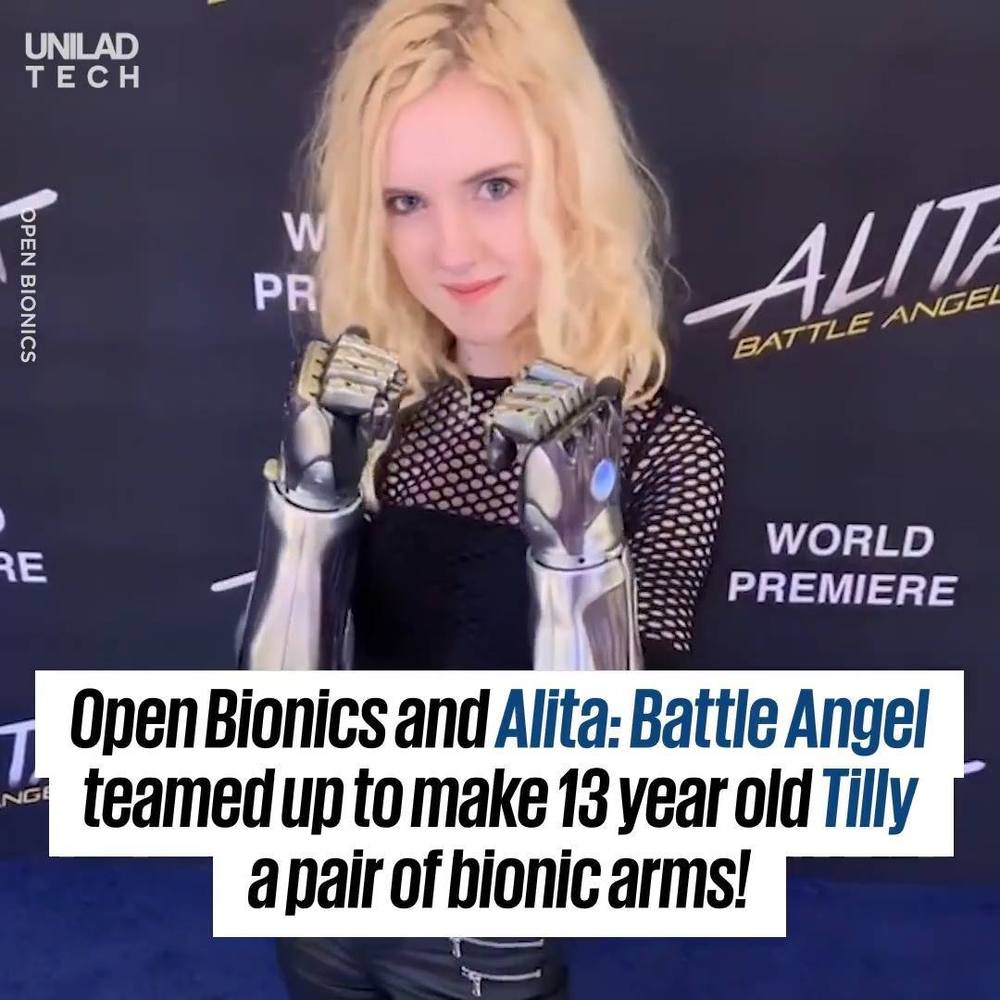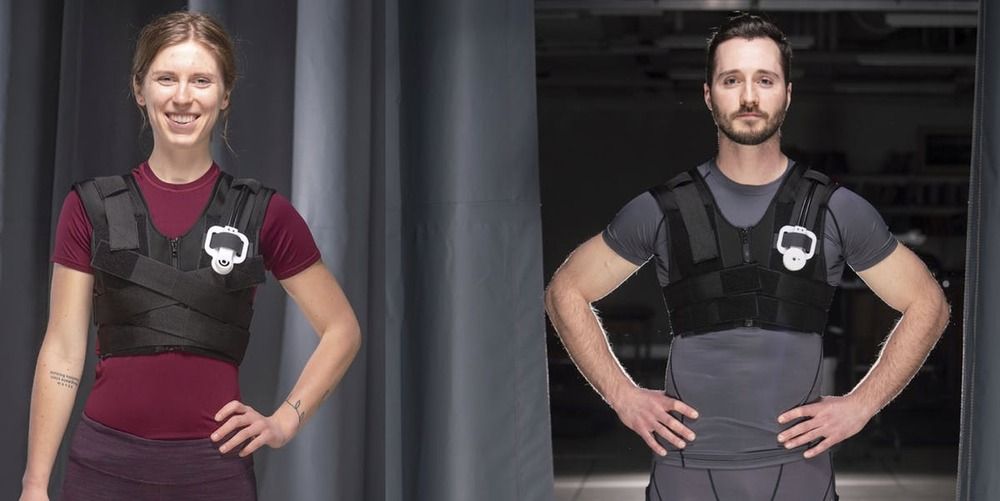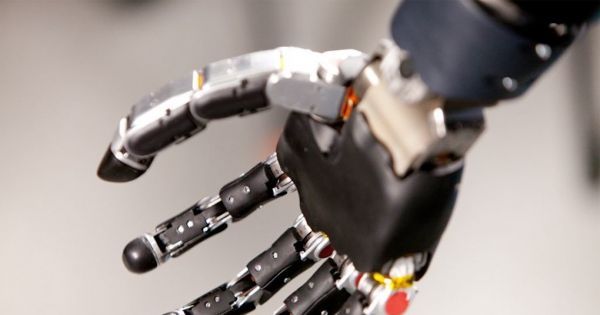Archive for the ‘cyborgs’ category: Page 77
May 2, 2019
Humanity Has Officially Entered the Era of the Exosuit
Posted by Quinn Sena in categories: cyborgs, mobile phones
I loved the Thundercats cartoon as a child, watching cat-like humanoids fighting the forces of evil. Whenever their leader was in trouble, he’d unleash the Sword of Omens to gain “sight beyond sight,” the ability to see events happening at faraway places, or bellow “Thunder, Thunder, Thunder, Thundercats, Hooo!” to instantaneously summon his allies to his location to join the fight. What kid didn’t want those superpowers?
I also wanted Green Lantern’s ring, Wonder Woman’s bracelets, Captain America’s shield, and, of course, Batman’s batsuit. I never imagined then that 30 years later, as National Superhero Day approaches, I’d be designing components of my own supersuits.
I didn’t really notice this until a few months ago. On that day, my childhood dreams were at once destroyed and fulfilled. Standing in a line, I noticed that everyone was focused on their smartphones’ screens. Suddenly it hit me: I already had Sword of Omens superpowers. With my smartphone, I can see video of faraway events and text my friends to meet up. Billions of people now have what used to be considered superpowers.
Continue reading “Humanity Has Officially Entered the Era of the Exosuit” »
May 2, 2019
German Bionic to present its first robot exoskeleton for industrial IoT
Posted by James Christian Smith in categories: cyborgs, internet, robotics/AI, transhumanism
Robotics specialist German Bionic is to present the first connected robot exoskeleton for use with the industrial internet of things, at the Hannover Messe industrial technology show.
The German Bionic IO cloud platform connects the third generation of the Cray X exoskeleton with all common enterprise solutions and networked manufacturing systems, enabling complete integration into “smart factory” and Industry 4.0 environments.
Besides cloud services such as wireless software updates – over the air – and predictive maintenance, German Bionic IO facilitates the continuous optimization of the intelligent control system through machine learning and lays the data-scientific foundation for the next development stages of bionics.
Continue reading “German Bionic to present its first robot exoskeleton for industrial IoT” »
Apr 28, 2019
Tilly Lockey — the real life Alita: Battle Angel
Posted by Heather Blevins in categories: cyborgs, transhumanism

Tilly is the real life Alita. She uses her bionic arms as a sign of strength 🙌 www.openbionics.com/alita
Apr 24, 2019
Florida Man Becomes First Person to Live With Advanced Mind-Controlled Robotic Arm
Posted by Quinn Sena in categories: biotech/medical, cyborgs, Elon Musk, robotics/AI
Prosthetics have advanced drastically in recent years. The technology’s potential has even inspired many, like Elon Musk, to ask whether we may be living as “cyborgs” in the not-too-far future. For Johnny Matheny of Port Richey, Florida, that future is now. Matheny, who lost his arm to cancer in 2005, has recently become the first person to live with an advanced mind-controlled robotic arm. He received the arm in December and will be spending the next year testing it out.
The arm was developed by Johns Hopkins Applied Physics Lab as part of their program Revolutionizing Prosthetics. The aim of the program, which is funded by the Defense Advanced Research Projects Agency (DARPA), is to create prosthetics that are controlled by neural activity in the brain to restore motor function to where it feels entirely natural. The program is specifically working on prosthetics for upper-arm amputee patients. While this particular arm has been demoed before, Matheny will be the first person to actually live with the prosthesis. The program does hope to have more patients take the tech for a longterm test run, though.
While the prosthetic device is impressive, it’s not a limitless, all-powerful robot arm. Matheney won’t be able to get the arm wet and is not allowed to drive while wearing it. Keeping a few rules in mind, Matheney will otherwise be free to push the tech to the edge of its capabilities, truly exploring what it can do.
Apr 18, 2019
HOW BULLETPROOF IS MASTER CHIEF — Halo Science
Posted by Quinn Sena in categories: biotech/medical, cyborgs, science, weapons
If you like games, why not sign up for Lootcrate? https://lootcrate.com/MikeInHD
Use Coupon Code: MikeInHD
In the world of Halo, Master Chief is a super soldier outfitted with one of the most advanced sets of body armor ever produced by mankind. So how bullet proof if Master Chief? Master Chief Doesn’t Want to Die.
Continue reading “HOW BULLETPROOF IS MASTER CHIEF — Halo Science” »
Apr 10, 2019
Chinese Scientists Gene-Hacked Super Smart Human-Monkey Hybrids
Posted by Quinn Sena in categories: cyborgs, evolution, genetics, neuroscience
But not everyone is on board.
“The use of transgenic monkeys to study human genes linked to brain evolution is a very risky road to take,” University of Colorado geneticist James Sikela told the MIT Technology Review. “It is a classic slippery slope issue and one that we can expect to recur as this type of research is pursued.”
Pinpointing the gene’s role in intelligence could help scientists understand how humans evolved to be so smart, MIT Tech reports.
Continue reading “Chinese Scientists Gene-Hacked Super Smart Human-Monkey Hybrids” »
Apr 9, 2019
Nanobionic plants could detect chemicals or grow on Mars
Posted by Quinn Sena in categories: cyborgs, nanotechnology, space, transhumanism

Plants are naturally amazing little machines – so giving them a bionic leg-up could unlock a whole new range of abilities. Now a team of researchers from the University of Melbourne has developed a new way to turn plants into nanomaterial factories, which could allow them to act as chemical sensors or even allow them to survive in harsh environments, such as in space or on Mars.
Mar 31, 2019
Alita: Battle Angel And Open Bionics Team Up For Tilly
Posted by Tracy R. Atkins in categories: cyborgs, transhumanism
Mar 28, 2019
SXSW: These two futurists want to freeze your body after death and replace your brain
Posted by Klaus Baldauf in categories: biotech/medical, cryonics, cyborgs, life extension, neuroscience, transhumanism
You might think we’re not in Texas anymore but in some strange episode of Black Mirror, the Netflix series, says Nikos Acuna who is moderating this SXSW panel on transhumanism.
In fact you’d be forgiven if you did as there is talk about cryo-preserving the body after being declared dead, in the hopes you can be resurrected when the science is here to safely defrost your body and cure you of your ailments. There is also talk on mind uploading, and replacing parts of our brains with neural prosthetics. This all sounds like science-fiction but these days the stuff of science fiction has become fact.
Transhumanist technologies are about overcoming the limitations of human biology and Dr Max More and Dr Randal Koene are at the forefront of these technologies.















